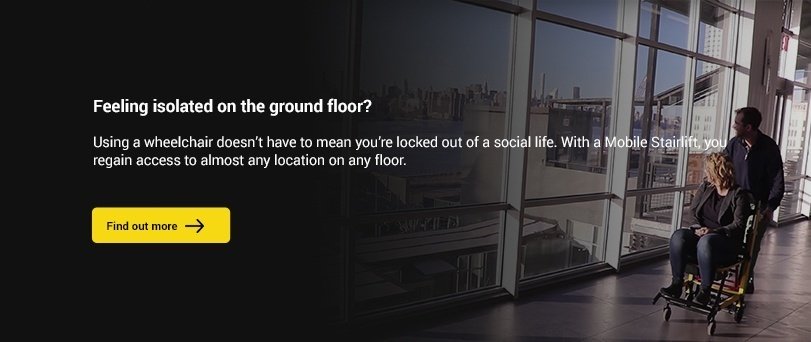Living life in a wheelchair means you need to do some adapting in order to move around in a society built for those without disabilities. It’s unfortunate but true — we’re still a long way from our goal of creating equal access spaces for everyone. In the meantime, these practical tips help ensure you’re not unnecessarily locked out of your home and public space when living with a disability.
Know your rights
So many people take ‘disability’ to mean ‘inability’ — while you absolutely do not have to take on the responsibility to educate the uninformed, it helps to know that your rights of access are legally covered. This means you can, on those days you don’t feel up for a full-length crusade, refer back to the law and hopefully get a shortcut to what should be common sense — that you belong wherever you want to go, just like everybody else.
For instance, the 1988 Amendments to the Fair Housing Act governs multifamily buildings of more than four units, first occupied after March 13, 1991 — there are seven construction requirements designed to make the space accessible. If you’re living in an apartment that was built after 1991, and you have more than 4 neighbors, it’s worth checking that your building complies with these regulations. You may gain some wiggle-room when needing to make alterations to accommodate your needs.
Consider alterations first, it’s more affordable than moving
While the legal protection is real, it’s common knowledge that the realities of daily life are often different to policy ideals. As a wheelchair user, you’re often faced with situations that make it glaringly obvious you’re living in a world designed for people without disabilities. Movements like Universal Design are beginning to change this, but in the meantime, there are a few small things you can do around the house to help you get around more easily.
Instead of moving to a whole new home, consider a series of DIY changes you don’t even need building permits for. Widen your doors with offset door hinges, build ramps, change your door-handles from knobs to levers and rethink your flooring — hardwood, vinyl or ceramic tile flooring can make moving around the house much easier.
Embrace mobility technology
Making alterations isn’t always an option — like when you’re planning to visit a public space. Thinking about whether you’ll be able to access more than the ground floor can make a visit to any new space an anxious one. Luckily, mobility equipment is constantly evolving. With a stair climbing wheelchair, like the Mobile Stairlift, you’re able to take your stair access wherever you go. Needing the assistance of only one trusted person to travel up and down a flight of stairs beats staying home (or relying on accessibility infrastructure that might not exist, or be up to scratch).
There’s a long way to go before universal design principles govern how every space, product and process is made. In the meantime, aids like Mobile Stairlift can help you fill the gap. Download the introductory guide to learn how this stair climbing wheelchair is revolutionising access to previously different spaces.



